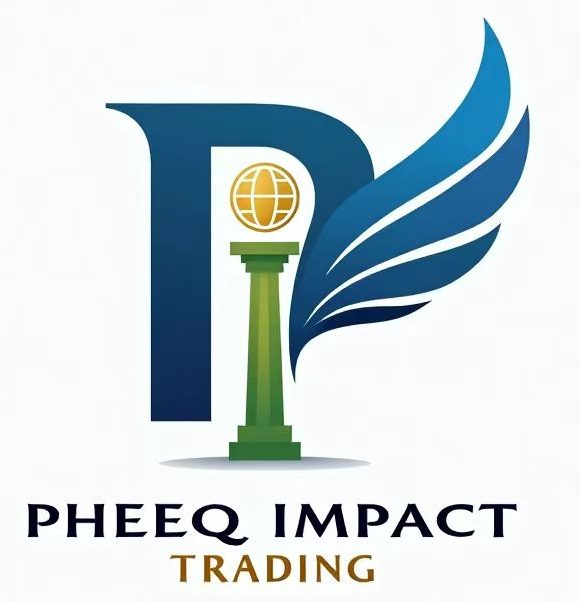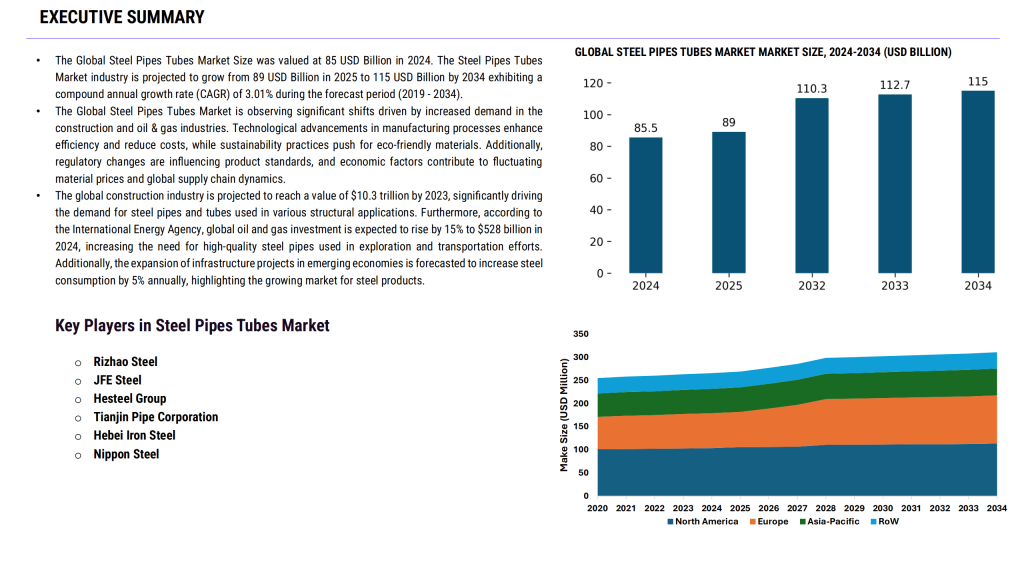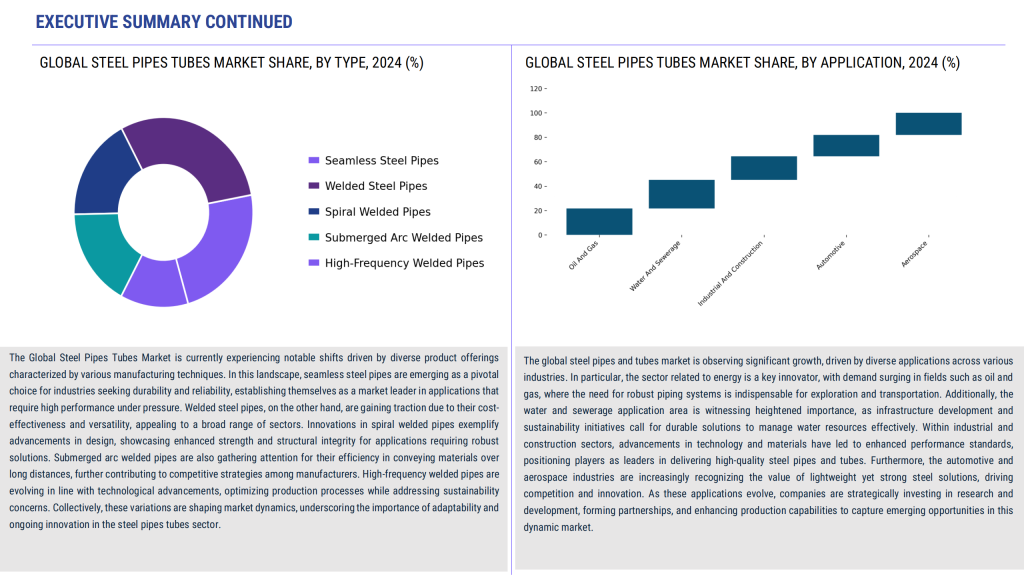Brazil’s Petrobras plans to reduce natural gas prices to distributors by 14% on quarter
Brazilian state-led oil company Petrobras will reduce natural gas prices to distributors by 14% quarter on quarter, effective Aug. 1, amid growing output from offshore production sharing fields and a decline in international oil prices, according to the company.
“Contracts with distributors include quarterly adjustments to gas prices related to variations, up or down, to Dated Brent oil prices and foreign-exchange rates of the Brazilian real and US dollar,” Petrobras said July 28.
The reference price for Dated Brent retreated 11% quarter on quarter, which offset a 3.2% increase in the value of the Brazilian real versus the US dollar.
The adjustment will go into effect Aug. 1 and cover the subsequent three-month period, which is part of normally scheduled price adjustments under current contracts, according to Petrobras.
The price cut was the latest adjustment at Petrobras, which changed the way it prices domestic natural gas and refined products under the administration of President Luiz Inacio Lula da Silva and his Workers’ Party, or PT. Lula took over for his third non-consecutive term in January 2023. Lula and Mines and Energy Minister Alexandre Silveira have pushed Petrobras to reduce prices and increase domestic gas supplies to generate increased benefits under the more liberal New Gas Market regulator regime.
The Lula administration believes that cheap energy prices, especially natural gas, can stimulate industrial activity across Latin America’s largest economy. Since December 2022, a series of price adjustments by Petrobras has reduced domestic gas prices by 32%, according to the company.
Additional sales incentives for distributors implemented in 2024 could also yield further discounts, according to Petrobras. The discounts apply to distributors that acquire gas volumes above the minimum established volumes under updated contracts.
In addition to the reductions in gas prices, Petrobras has also implemented a series of adjustments to domestic diesel and gasoline prices, according to the company. That followed a May 2023 change in the company’s pricing policy, which shifted from the previous focus on matching import parity toward winning market share.
Petrobras has also reduced diesel prices by 34.9% since the Lula administration took over in January 2023, according to the company. Gasoline prices, meanwhile, are down 17.5% over the same period.
Record gas production
Petrobras and its partners developing offshore subsalt production sharing fields have also generated record-setting output in recent months after installing three new floating production, storage and offloading vessels.
Natural gas production also reached a fresh monthly record high in May, rising for a third consecutive month, Brazil’s National Petroleum Agency said July 1. Brazil produced 172.3 million cu m/d in May, an increase of 18.3% from 145.6 million cu m/d in May 2024. That topped the previous production record of 170 million cu m/d set in September 2024.
In addition to the greater production capacity, Petrobras and its partners started commercial operations of the Route 3 export pipeline and a gas treatment plant at the Energias Boaventura complex outside Rio de Janeiro in November 2024. The pipeline can transport 18 million cu m/d, while the plant can process 21 million cu m/d.
Most of the gas production, however, continued to be reinjected by oil companies to manage reservoirs, the ANP data showed. Oil companies reinjected 95.5 million cu m/d in May, leaving 55.4 million cu m/d available for commercial sale. Oil companies also flared or burned off about 4.3 million cu m/d during the month.
Silveira has pressured oil companies to reduce reinjection rates, but oil companies utilize the procedure to maintain reservoir pressures and manage output, according to companies and industry officials.







